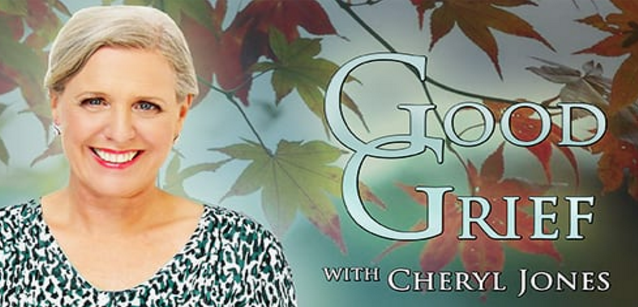“The death care revolution has begun. It’s an exciting time to be alive.”
Katrina Spade grew up in a medical family. Her family did not shy away from conversations about death. While she ended up going into architecture, she did not stop having those important conversations. While in architecture school she became curious about what would happen to her body when she died.
In Katrina Spades Tedx talk in OrcasIsland she discusses the process of “recomposition” and her project that is centered around expanding a system where the deceased can be peacefully turned into rich soil that can be used to create new life.
The video of her talk can be found here. She begins by explaining that about 50% of American chose to be buried. This requires an immense amount of resources. Furthermore, in some areas cemeteries are running out of space. “It turns out it’s doesn’t really make good business sense to sell someone a piece of land for eternity.”
This has led to a sharp increase in the number of people choosing to be cremated. Today about 50% of Americans choose this option. People tend to think of cremation as a sustainable form of disposition. However, cremation burns away all the potential that a body can have in giving back to the world. “600,000,000 pounds of carbon dioxide go into the atmosphere every year from cremation.”
So, what are other options?
“In nature, death creates life”, says Spade. She wants to redesign death care. Based on a practice called “livestock mortality composting” that has been done in the farm industry for decades, she has helped create a system that replicates that process for humans.
“All we need to do is create the right environment for nature to do its job.”
Her goal is to create a facility that is “part public park, part funeral home, and part memorial for the people we love”.
In the human composting facility, there will be a tall vertical core. At the top of the core, friends and family of the deceased will lay down the body in a laying-in ceremony. They will cover the body in woodchips to create a carbon rich area around the deceased. This helps facilitate the natural breaking down of the body that will occur over the next few weeks. Microbes break down carbons and proteins and turns the body into rich earthy soil. “Eventually you could become a lemon tree”.
The facility will also provide space to support the grieving process, provide space for memorial services, and for end of life planning. Spade says she wants to create a space “where we create soil and honor life…we believe access to ecological death care is a human right.”
“The death care revolution has begun. It’s an exciting time to be alive.”

